The world's longest selection experiment on mice provides unique animal models for exploring the architecture of polygenic traits
Published in Ecology & Evolution
At the Research Institute for Farm Animal Biology (FBN) in Dummerstorf, Germany, a unique set mouse lines were generated over the course of more than 50 years of artificial selection. These lines have evolved impressive phenotypes of high fertility, body size and endurance fitness. To our knowledge, this is the longest selection experiment ever conducted on mice and we were keen on peering into the genomes of these unique animals, in order to uncover known and new loci associated to the traits under selection.
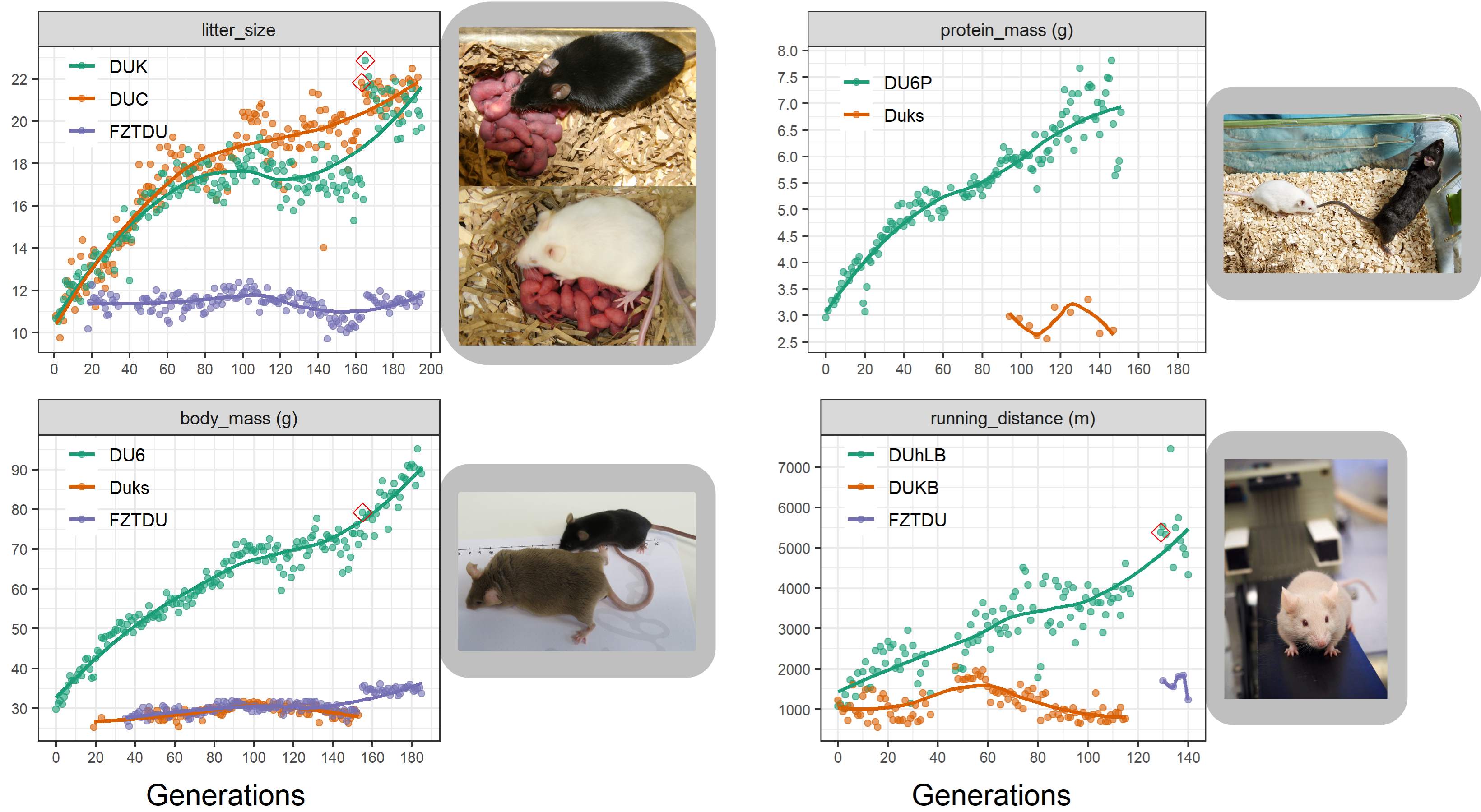
As a population adapts to a selective pressure, the alleles responsible for adaptation become more and more frequent over time. To identify the subtle allele frequency changes underlying complex traits, neutral evolution needs to be rigorously modelled, requiring genetic information not only from the present population but also from ancestral populations, ideally the founders.
Despite the fact that the Dummerstorf mouse lines are outbred mouse populations, we found high levels of inbreeding within each line, resulting from genetic drift after a severe population bottleneck in 2011. Consequently, selected mice are highly homozygous, while at the same time, lines are genetically uniform and distinct from each other.
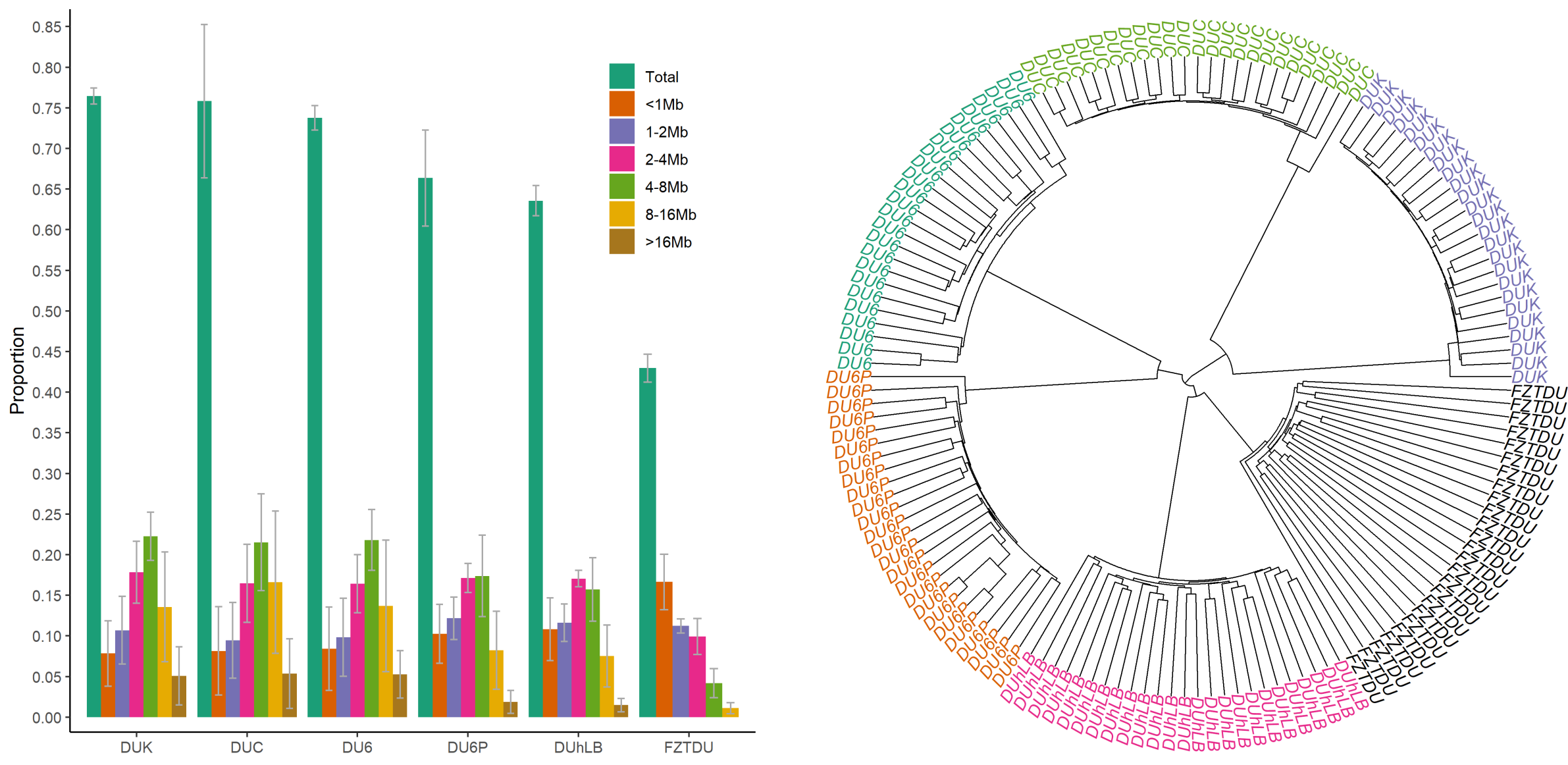
Since genetic information from ancestral generations was not available (this experiment was started in 1969, before the genomic era) and pedigrees were incomplete, detection of signatures of selection was practically impossible. It was also unfeasible to know if response to selection resulted from large- or small-effect alleles, though the complex nature of the selected traits led us to infer that the former is rather unlikely.
The historical resources at our disposal were thus limited, so we tried to come up with an alternative approach that would at least give us an idea of which genes could be involved in the evolution of the selected traits. First, we obtained the genomewide genetic differentiation of each selected line relative to the control line (the control line as a proxy of the founder population, exposed only to genetic drift). We then looked for regions of line-specific high genetic differentiation, each one corresponding to a genomic location in which only the target line is highly differentiated from the control line, while all remaining lines are undifferentiated. This approach revealed a number of candidate genes, some of which are already known to be relevant in the biology of fertility, body mass, muscle growth, and endurance.
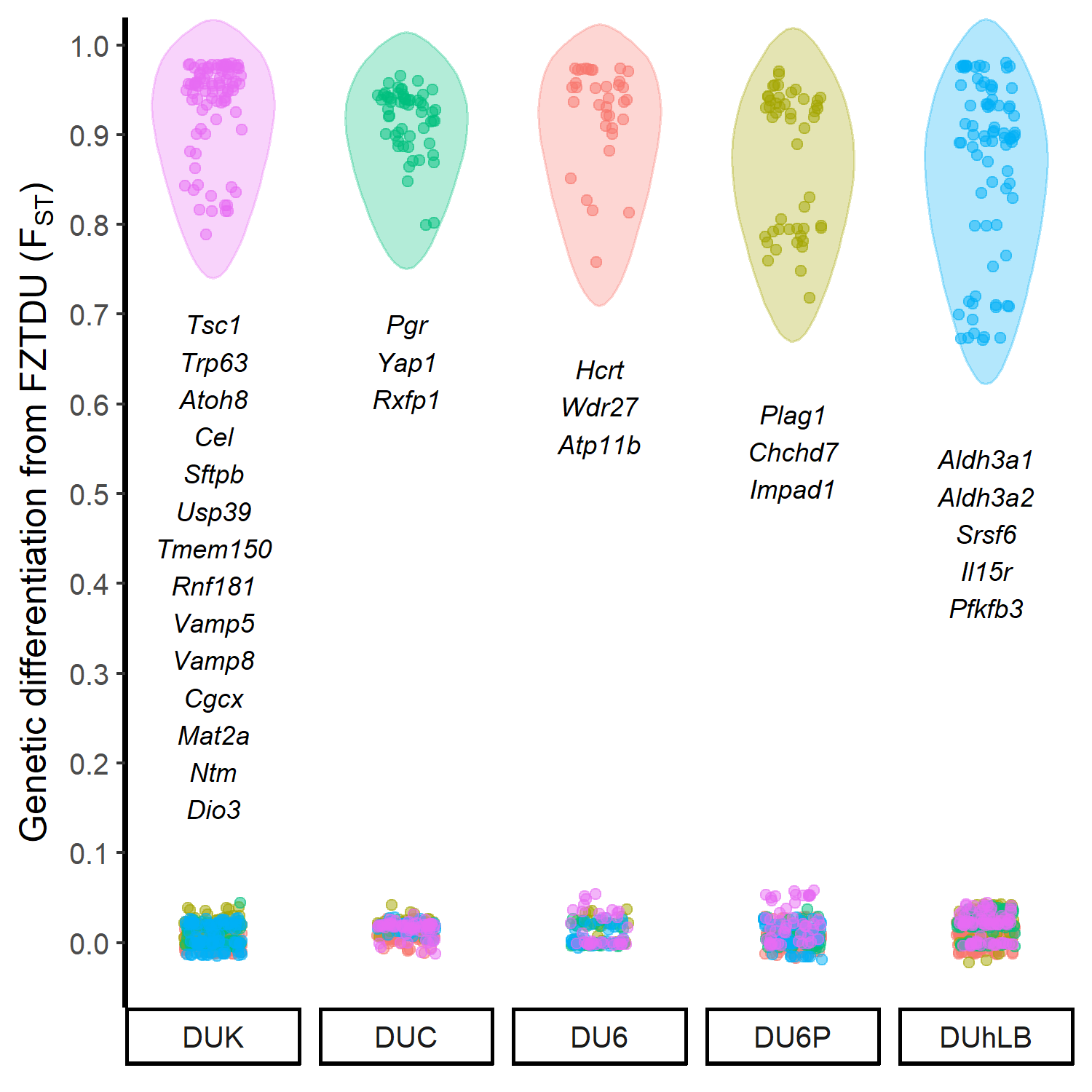
Though we understand that the lack of a proper neutral model prevents us from taking these results as final, these are promising discoveries awaiting validation. We hope that within the next years, the hidden trait-associated alleles within the genomes of these unique mouse models can be uncovered.
References
1. Palma-Vera SE, Reyer H, Langhammer M, Reinsch N, Derezanin L, Fickel J, et al. Genomic characterization of the world’s longest selection experiment in mouse reveals the complexity of polygenic traits. BMC Biol. 2022;20:52.
Follow the Topic
-
BMC Biology

This is an open access journal publishing outstanding research in all areas of biology, with a publication policy that combines selection for broad interest and importance with a commitment to serving authors well.
Related Collections
With Collections, you can get published faster and increase your visibility.
Aging microenvironment and disease
BMC Biology is calling for submissions to our Collection on Aging microenvironment and disease. This Collection aims to help our understanding about the molecular mechanisms and cellular processes that affect the tissue microenvironment during aging and aging-related diseases, as well as the implications in the development of novel therapeutic interventions to restore the aging microenvironment.
We welcome studies using spatiotemporal multi-omics and advanced imaging approaches to explore the aging microenvironment, using animal models, human tissue, or organoids. We especially highlight submissions focused on the contribution of aging-related changes to diseases, including cancer, chronic inflammation, lung, hepatic and cardiac fibrosis, vascular disease, neurodegenerative disorders, and chronic kidney disease.
Potential topics for submission may include, but are not limited to:
Genome instability, epigenetic alterations, telomere attrition, disabled autophagy and loss of proteostasis, mitochondrial dysfunction in the aging microenvironment.
Cellular senescence and associated secretory phenotype, stem cell exhaustion, and changes in the stem cell niche, such as alterations in the extracellular matrix, chronic inflammation, fibrosis, vascular niche reprogramming and remodeling.
Intercellular communications and inter-organ cross-talk.
Metabolic alterations in different cell types and their influence on the aging microenvironment and age-related diseases.
Potential therapeutic targets of the aging microenvironment.
This Collection supports and amplifies research related to SDG 3: Good Health and Well-Being.
All manuscripts submitted to this journal, including those submitted to collections and special issues, are assessed in line with our editorial policies and the journal’s peer review process. Reviewers and editors are required to declare competing interests and can be excluded from the peer review process if a competing interest exists.
Publishing Model: Open Access
Deadline: Jan 18, 2026
Human microbiome in health and disease
BMC Biology is calling for submissions on our Collection on Human microbiome in health and disease. The human microbiome plays a crucial role in maintaining health. Comprising trillions of microorganisms, including bacteria, viruses, fungi, and archaea, the microbiome influences various physiological processes, such as metabolism, immune function, and even mental health through pathways like the gut-brain axis. Recent advances in sequencing technologies and bioinformatics have enabled researchers to explore the intricate relationships between the microbiome and human health, revealing its potential as a target for therapeutic interventions.
Continuing to advance our understanding of the human microbiome is essential for developing novel strategies to prevent and treat diseases. Significant progress has been made in identifying specific microbial signatures associated with conditions such as obesity, diabetes, and cancer, as well as understanding the impact of antibiotics on microbial diversity. These insights have opened new avenues for personalized medicine, where microbiome profiling could guide treatment decisions and improve patient outcomes.
As research in this field progresses, we can anticipate exciting developments, including the potential for microbiome-based therapies, such as probiotics and fecal microbiota transplantation, to become mainstream treatments. Furthermore, ongoing studies may uncover the role of the microbiome in modulating responses to immunotherapy in cancer patients, leading to more effective and tailored treatment approaches.
Potential topics for submission include, but are not limited to:
The role of the gut, oral, skin, and vaginal microbiome in health and disease
Microbial ecosystems and their impact on the immune system
The gut-brain axis: implications for mental health
The connection between the microbiome and neurodegenerative diseases
Evolution of the human microbiome across different populations
Effects of antibiotics on microbiome diversity
This Collection supports and amplifies research related to SDG 3: Good Health and Well-Being.
All manuscripts submitted to this journal, including those submitted to collections and special issues, are assessed in line with our editorial policies and the journal’s peer review process. Reviewers and editors are required to declare competing interests and can be excluded from the peer review process if a competing interest exists.
Publishing Model: Open Access
Deadline: Jan 31, 2026

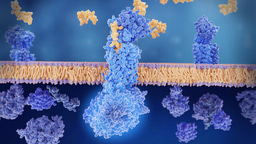

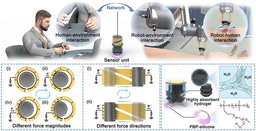
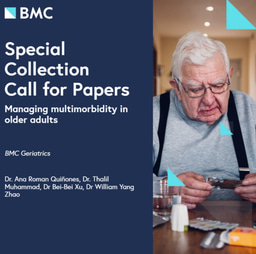
Please sign in or register for FREE
If you are a registered user on Research Communities by Springer Nature, please sign in